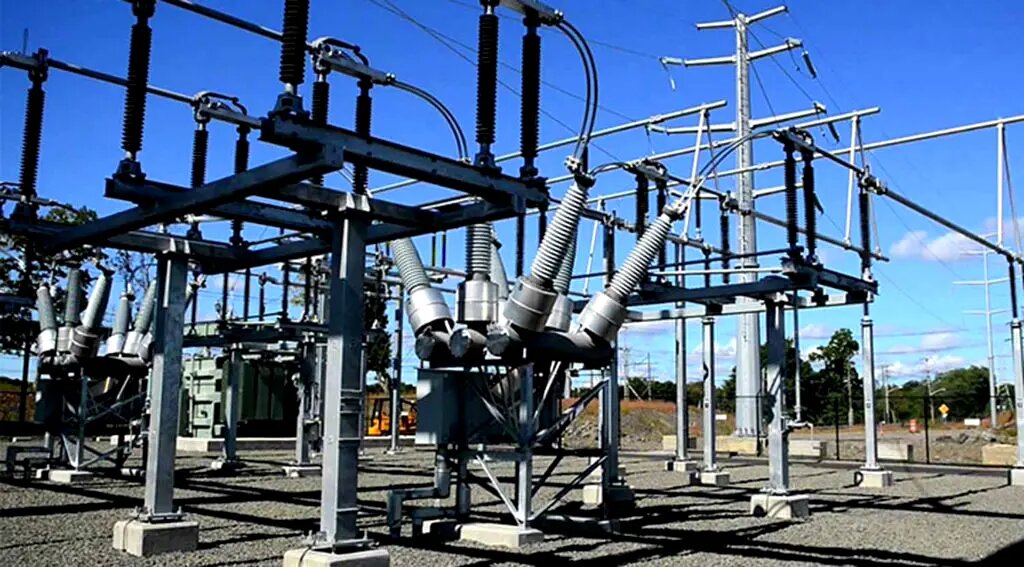Easter: Power generation suffers 19% decline to 3,089.30 MW
Nigeria’s power generation fell by 19.23% to 3,089.30 Megawatts yesterday, leaving most of the country without power during the holiday season.
The decline comes against a high generation of 3,829.7MW recorded on Sunday, resulting in a 735.30 MW loss, according to data from the Independent System Operator (ISO) portal, a semi-autonomous entity of the Transmission Company of Nigeria (TCN).
The Association of Power Generation Companies, or APGC, has long criticised the Transmission Company of Nigeria, or TCN, for inadequate grid management as one of the reasons for the country’s low power distribution.
“The GENCOs are supposed to start the turbines and halt at most 20 times a year,” APGC Executive Secretary Mrs. Joy Ogaji stated. “However, in Nigeria, the GENCOs start and stop 365 days a year, causing wear and tear on the plants, causing maintenance concerns at a time when they should be ideal.”

“Last year, GENCOs hired an expert to look into these concerns, and it was discovered that the turbines were affected by the ramp down and ramp up. Siemens, for example, has notified Geregu that if the machines continue to start and stop, the three turbines would be destroyed. Calabar has also been alerted of a similar issue and is awaiting maintenance.”
Similarly, inefficiency and a lack of capacity are cited as roadblocks to the sector’s development in a paper seen by Vanguard.
“Nigeria’s overall generation capacity expanded gradually, from roughly 5,500MW in late 2014 to more than 11,000MW installed capacity by end February 2021,” according to the research titled “Nigerian Power Sector – Gas and Power Generation Brief.”
“However, the usable capacity of this installed capacity ranges from around 7,500MW to 4,200MW, depending on gas availability for gas-fired power plants, hydrological conditions for hydro power plants, and power plant maintenance concerns.” However, transmission considerations, which are outside the control of the power producing corporations, limit real power generation to a maximum of 5,500MW.

This supply is based on a demand of 28,880MW2 on the grid at the end of February 2022.
“The Nigerian Electricity Supply Market’s commercial performance encapsulates this sub-optimal performance of power production units.”
NESI Market revenues for power delivered were only able to pay 64% of the cost of delivering the electricity by the end of December 2021.
“The fact that power production plants and gas providers are at the bottom of the energy payment value chain, with unutilized capacity of power generation facilities and related gas infrastructure still unaccounted for, exacerbates the situation.”
“It must be understood that the Nigerian Power Sector is currently transitioning from a government-owned to a private-sector-owned and run enterprise, and as a result, it will continue to encounter structural, technical, commercial, and financial issues.”
“If the Nigerian power sector’s potential is to be realized, these difficulties, which continue to account for the underperformance of the Nigerian Electricity Supply Value Chain, will need to be successfully addressed.”
According to the research, effective solutions to the gas and power generating difficulties would galvanize the Nigerian people and the international community, and so serve as a springboard for the successful completion of the Nigerian Power Sector Reforms.




